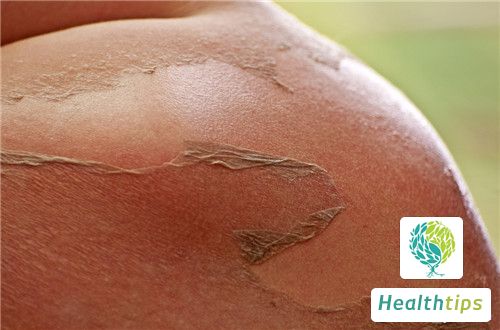How to Deal with Blackheads on a Childs Nose?
Blackheads are a common skin problem for adults, and they can be relatively simple to deal with. There are also numerous methods for removing blackheads on a daily basis. However, some parents may find that their young children, despite their tender age, have blackheads on their noses, which can give the appearance of being dirty. At this point, parents may hesitate to use adult methods of removing blackheads on their children, and may seek advice on how to deal with the issue. It is important to use methods that are suitable for children to address blackheads on their noses.

Firstly, to address blackheads on a child's nose, it is crucial to cultivate the habit of thoroughly washing their face. After washing, parents can gently rub some fine salt on the sides of the nose or apply it evenly for 10 to 15 minutes, and then rinse it off with water. Additionally, ensuring that the child has sufficient and quality sleep is also important.
Secondly, regarding daily skin care for babies in winter:
1. Skin Cleansing: Frequent bathing is not advisable in winter. The first step in skin care is cleansing, and this applies to babies as well. Some parents mistakenly believe that frequent bathing can moisturize their baby's skin, but in fact, this can lead to drier skin as it washes away the protective sebum, which can cause redness and itching. As babies sweat and secrete less sebum in winter compared to summer, cleansing does not need to be done too frequently. Generally, washing the baby's face once or twice a day is sufficient, and bathing once or twice a week is appropriate under normal conditions, unless the baby is particularly active and sweaty.
2. Drinking Water and Lip Care: Babies' lips are particularly prone to drying and peeling in winter, and they may lick their lips, making them even more dry. In some cases, the lips may even bleed. Parents should encourage their babies to drink plenty of water to keep their lips hydrated. If the lips become cracked, a warm, damp cloth can be applied to the lips to allow the mucosal membrane to absorb moisture, followed by the application of lip balm or sesame oil. Lip balms specifically designed for children, containing moisturizing ingredients like vitamin E, are ideal. Additionally, applying a small amount of cod liver oil or tea oil to the baby's lips can also be effective.
3. Internal and External Nutrition: Nutrition is crucial for maintaining healthy skin in babies. A lack of protein, iron, vitamins, and other nutrients can lead to poor skin health or even illness. While external skin care is important, internal dietary adjustments are also vital.
4. Indoor Humidification: Due to the dry air in winter, people often experience dry and flaky skin indoors. Babies' delicate skin is especially sensitive to dry environments, so it is important to regulate indoor humidity appropriately. Using an air humidifier indoors or placing a bowl of water in the room can be effective. Additionally, placing several pots of green plants can also help maintain humidity.
5. Breathable Clothing: Choosing appropriate underwear is key to maintaining healthy skin for babies. It is important to select underwear that is made of cotton and is easy to put on and take off. Loose-fitting clothing allows the baby's skin to breathe freely, while tight underwear can be uncomfortable and restrict healthy breathing.
6. Appropriate Use of Skin Care Products: After washing the baby's face with water, it is important to gently pat it dry with a soft towel. If the baby spits up or drools, the affected areas should also be wiped clean immediately with a clean, soft towel. When wiping, avoid using excessive force and instead gently press the towel to absorb the moisture. Don't forget to apply a moisturizing and non-irritating lotion to the baby's face and hands.



















